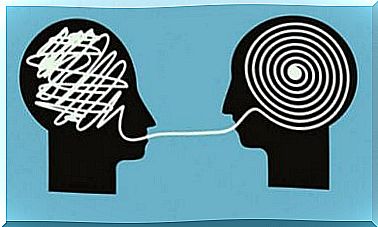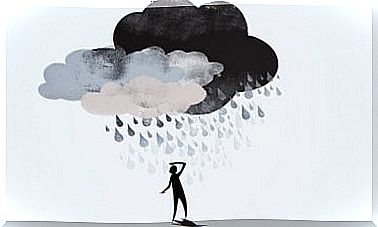Collaboration In The Classroom
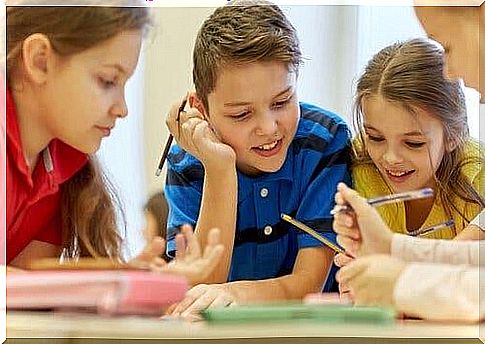
All schools should incorporate classroom collaboration. This method is very important and useful, especially for students in primary and secondary school. It involves using workgroups to help students develop critical social skills.
Through collaboration in the classroom, students learn how each individual’s efforts help the group achieve their goals.
Children can learn many lessons through collaboration. These days, however, demanding and rigorous curricula can make it difficult for educators to find time for collaboration. This is bad news for students, some education is limited to theory and memorization of things they will never use in practice.
The Montessori method of education is known for its focus on classroom collaboration. It is not an “extra” or a supplement to the regular curriculum, but instead the basic basis of the learning process.
Nowadays, there are many schools that use the Montessori method. However, since Maria Montessori never developed a method for older students, most Montessori schools are elementary schools.
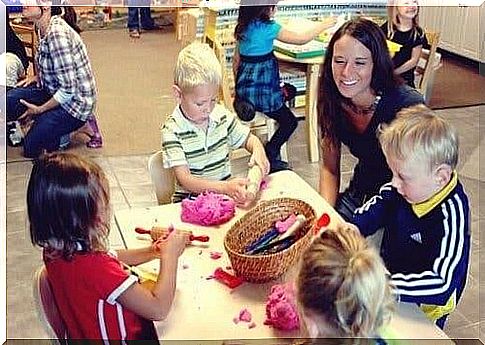
Collaboration in the classroom teaches children values
Collaboration teaches students values that enrich their personal growth and development. It also allows them to develop skills that will be useful in the future.
Here are some of the values students can learn from this methodology.
- Individual and group responsibility. If one person does not do his share, the team will not be able to reach their goal. Therefore, collaboration helps students develop their sense of responsibility as an individual and as part of a group.
- Humility. When students engage in collaboration, they feel equal with their peers. Everyone has a task to perform, but no one is better than others. They do not compete with each other. A good analogy is a team of people rowing in a boat. If one person tries to row faster than the others, the boat will tip over. Therefore, everyone must calm down together.
- Impact. Group projects also help children develop their impact. They learn to deal with different opinions, say “no” to unsustainable ideas and make sure everyone has a voice. When children learn to be assertive, they also learn the concept of mutual respect.
How to implement collaboration in the classroom
Educators who want to incorporate collaboration into their classroom need to change the methodologies they have used with their students. While it may be difficult to start with, a well-defined plan can help.
Here are the steps teachers should take:
Create workgroups
If educators want their workgroups to be successful, they need to think carefully about their choices. It is crucial that they know each individual student. Before implementing classroom collaboration, educators need to take the time to get to know everyone.
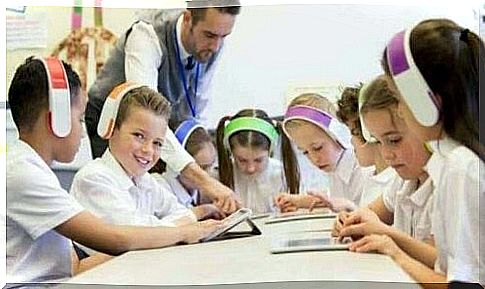
If students work with different teachers during the day, make sure students stay in the same workgroups for all of their hours. Otherwise, the group dynamics will change and this may disrupt the process.
2. Icebreakers and community building
Before the collaboration starts, educators need to build a community in each group. Icebreakers and trust-building activities work well as it gets the students to work together to achieve a goal. That way, they get used to each other and begin to develop group attention.
Study rooms are an excellent time for these activities. Teachers can also work on ways to motivate students. Celebrating farms, no matter how small, is a great way to do this.

The basic goal of classroom collaboration is to help students learn to be independent, while also knowing how to help each other achieve a common goal.
Collaboration helps them learn better and develop irreplaceable skills for their daily lives. This methodology works for any subject. It will help students stay engaged if used in the classroom.







